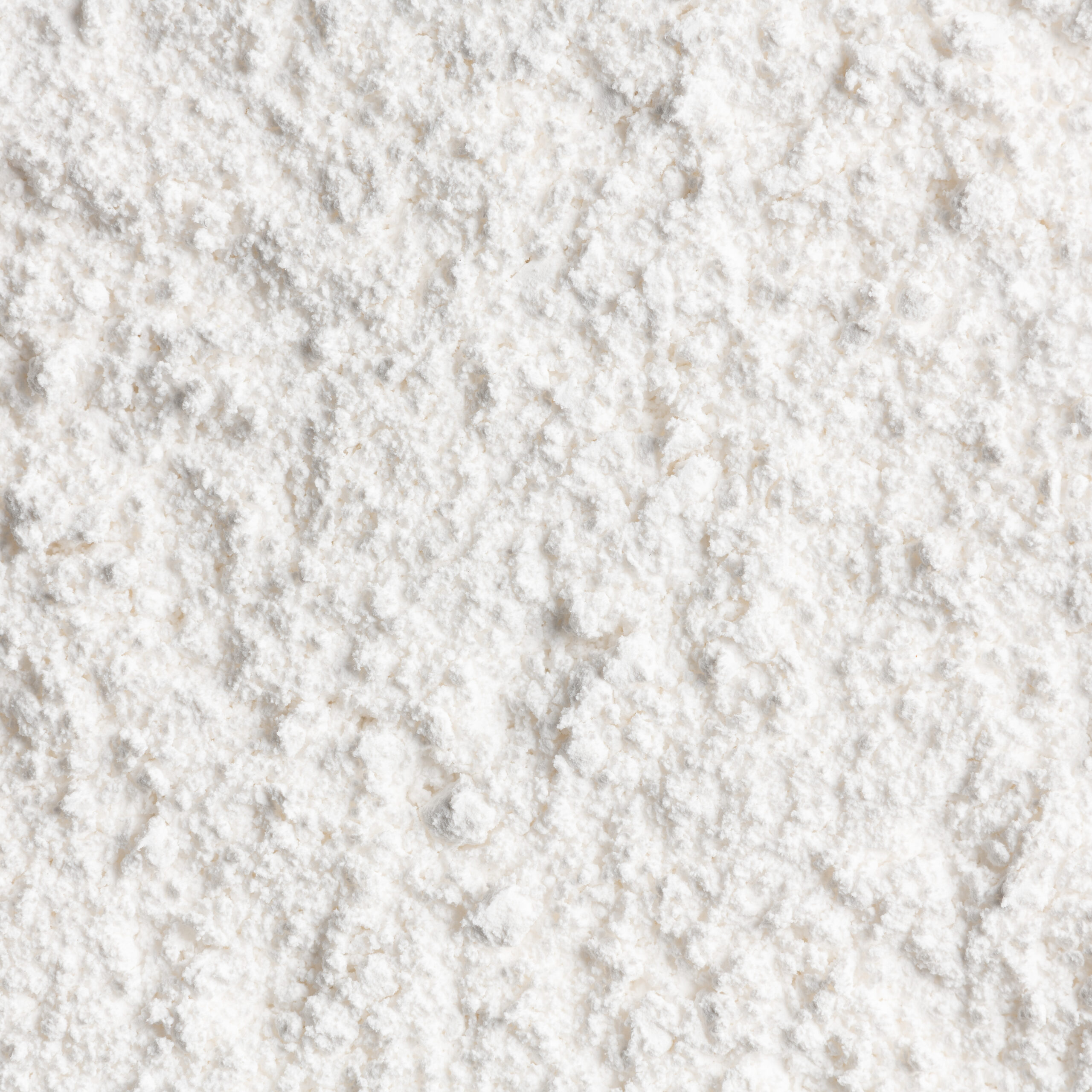UltraCarb products are hydromagnesite - huntite fire retardants, for a wide range of polymers and rubbers.
LCA covering a variety of environmental factors.
30 Years of Experience
Fire-Resistant Filler
Halogen-Free
Non-Toxic
Own European Source

Our customers use industrial minerals to improve constructions, increase safety and reduce costs.
Here are the most common questions and answers for this product.
Surface treatments change the interactions between the individual UltraCarb particles and between UltraCarb and the polymer matrix it is mixed into. This can lead to improvements in dispersion quality and fire retardancy.
No. LKAB Minerals supplies UltraCarb to many compounding companies worldwide.
UltraCarb starts releasing water and carbon dioxide at 220°C, and the reaction continues up to 550°C. The loss in mass is 52%. The process is endothermic and absorbs approximately 1000 J of energy per gram.
Yes. UltraCarb is a natural, halogen-free, fire-retardant mineral filler.
No. UltraCarb is a halogen-free fire-retardant filler.
UltraCarb is also used to promote char formation. UltraCarb particles accumulate at the retreating molten polymer surface to form a stable cementitious char. This char further inhibits the combustion process and propagation of fire from burning droplets.
UltraCarb is a halogen-free fire-retardant filler for polymers and rubbers.
LKAB Minerals has a deep and detailed understanding of its hydromagnesite and huntite mineral deposits. This means the mineral composition of the raw material feeds used for UltraCarb can be precisely controlled as part of the manufacturing process.
UltraCarb products are differentiated by three physical characteristics:
The amount of huntite and hydromagnesite is fixed at two levels for the UltraCarb LH and UltraCarb 1200 series, respectively. The LH series has more than 60% hydromagnesite, while huntite is the main mineral fraction in the 1200 series. Internal production specifications define the amount of hydromagnesite and huntite in each product series.
There are currently four primary UltraCarb products available, and they are also available with two different surface treatments. Please contact your nearest sales manager through the UltraCarb product page.
The product has no measurable changes if stored in dry conditions.
UltraCarb is available globally and sold through our local offices; please visit the product page on our website to get your nearest contact.
HMH is an acronym for HydroMagnesite-Huntite often used to describe products like UltraCarb made with huntite.
LKAB Minerals´ huntite deposits are situated in the southwestern region of the Republic of Türkiye (Turkey) near the city of Denizli. Processing plants are found near the ports of Izmir in the Republic of Türkiye (Turkey) and Hull in the United Kingdom.
UltraCarb is the brand name for our range of huntite fire retardant fillers for the polymer industry. UltraCarb fire retardant fillers are made from rock deposits rich in huntite and hydromagnesite.
Huntite has the formula Mg3Ca(CO3)4 and can be described as magnesium calcium carbonate. Huntite-bearing rock is an aggregate which also has hydromagnesite associated with it. Hydromagnesite has the formula Mg5(CO3)4(OH)2 ·4H2O and can be characterised as hydrated magnesium carbonate.
Huntite-bearing rock is an aggregate which also includes some hydromagnesite. Large, commercially practical deposits of huntite are only found in the Republic of Türkiye (Turkey) and Greece. Thermo-chemical processes below the earth’s surface formed the world’s largest deposits in the Republic of Türkiye several million years ago from hydrothermal magnesium-rich solutions. The industrial value of a huntite deposit flows from quarrying and processing rock to carefully defined combinations of huntite and hydromagnesite mineral fractions.